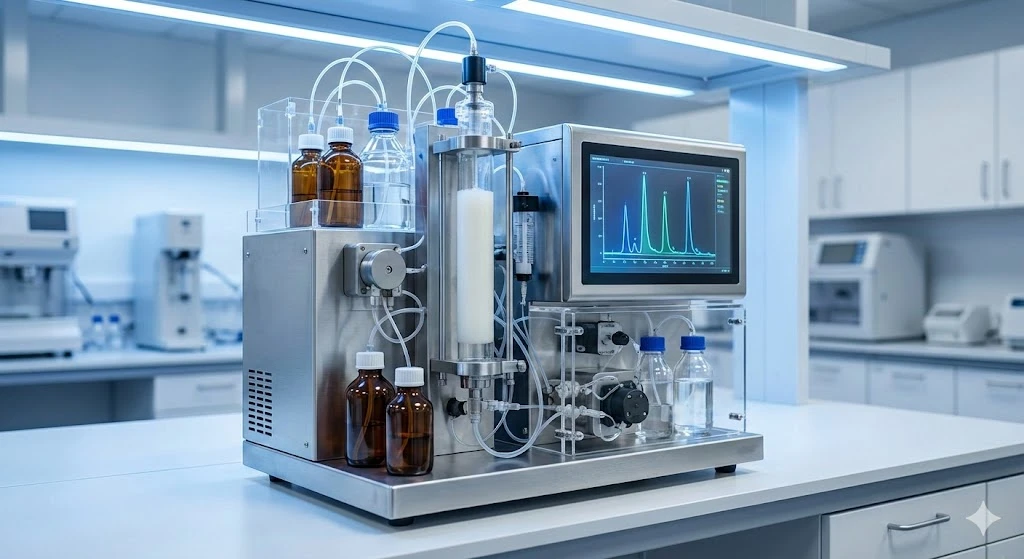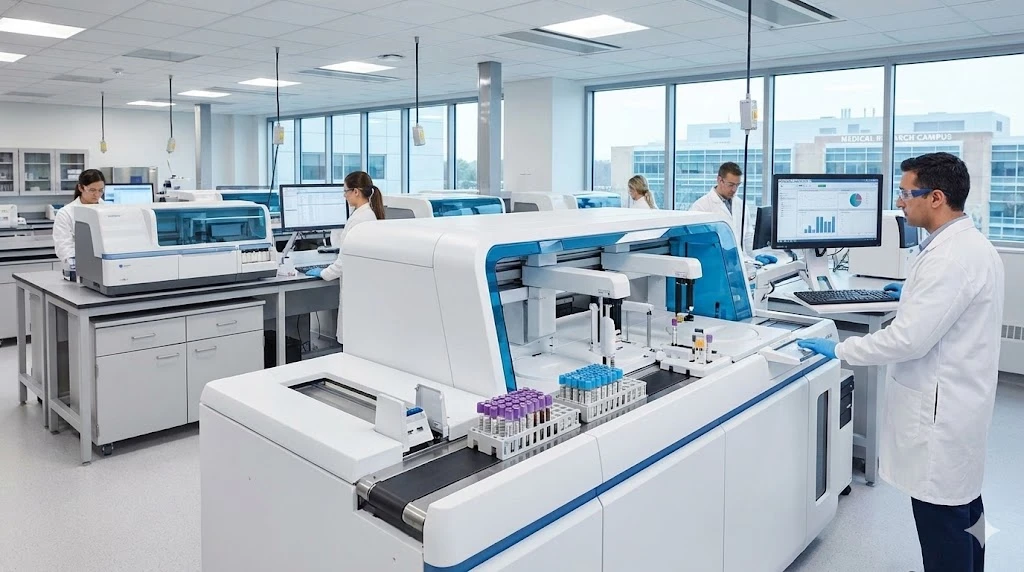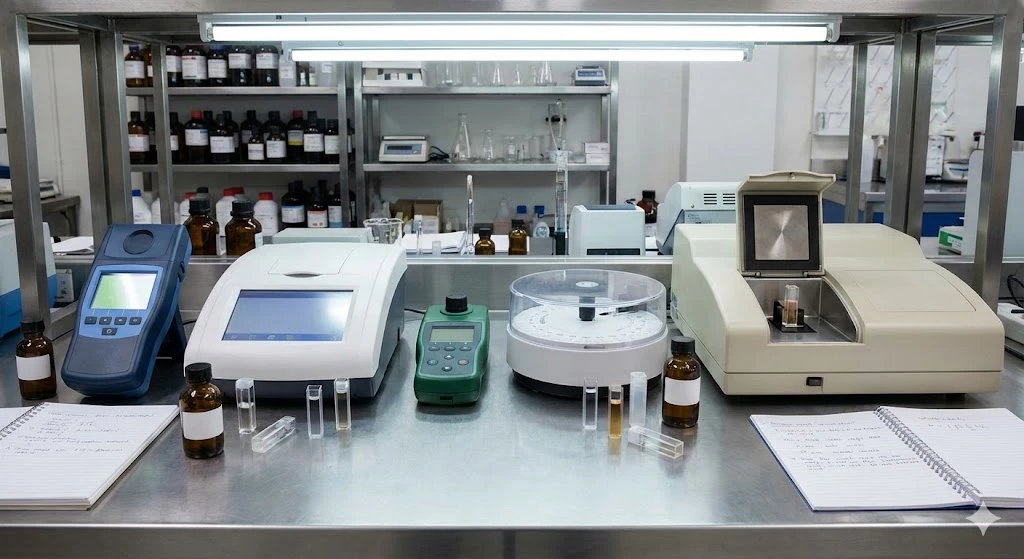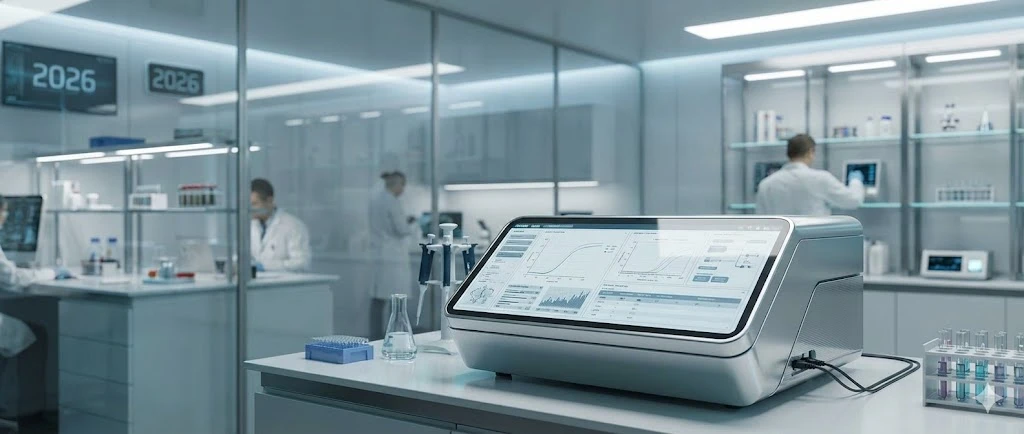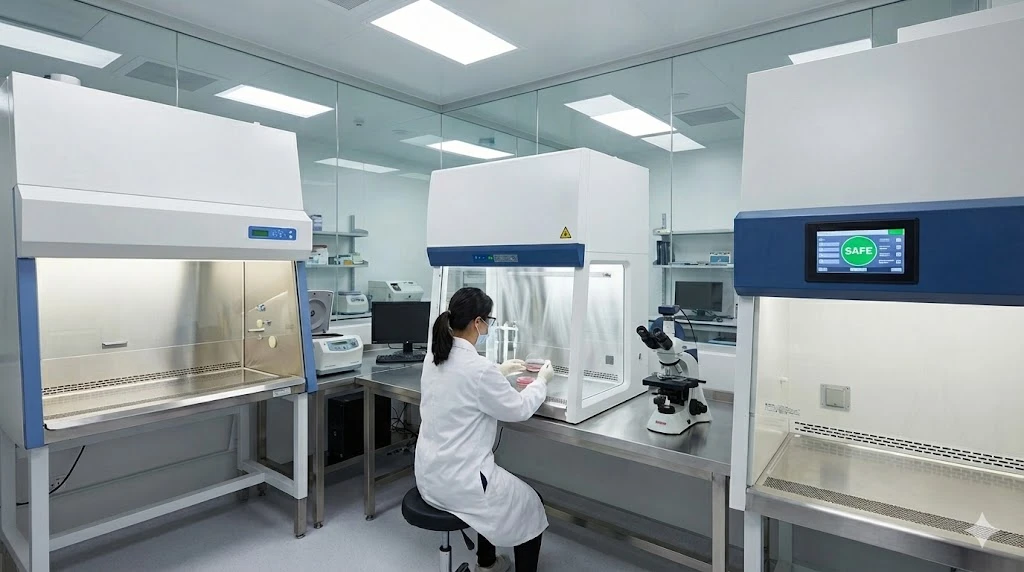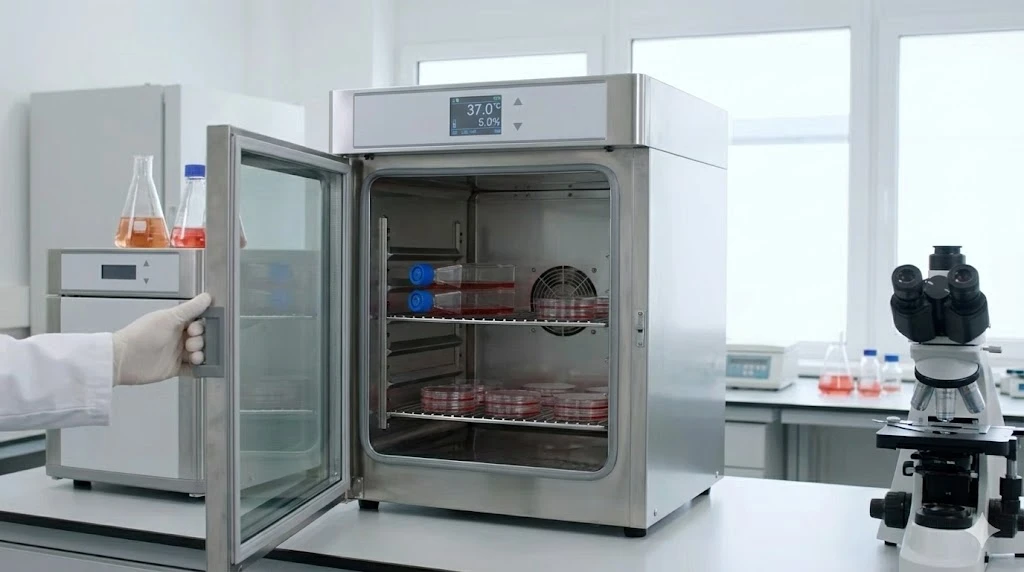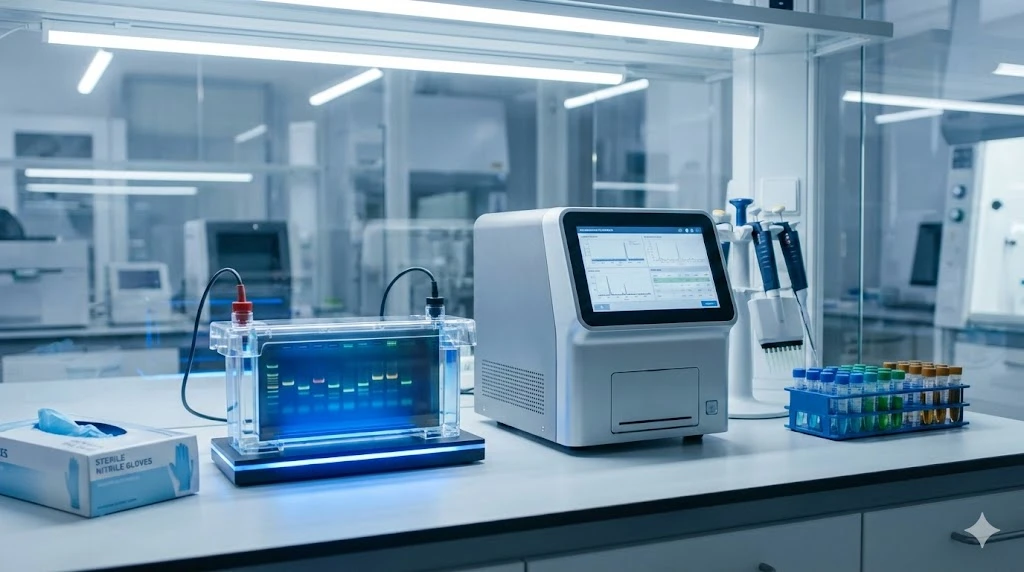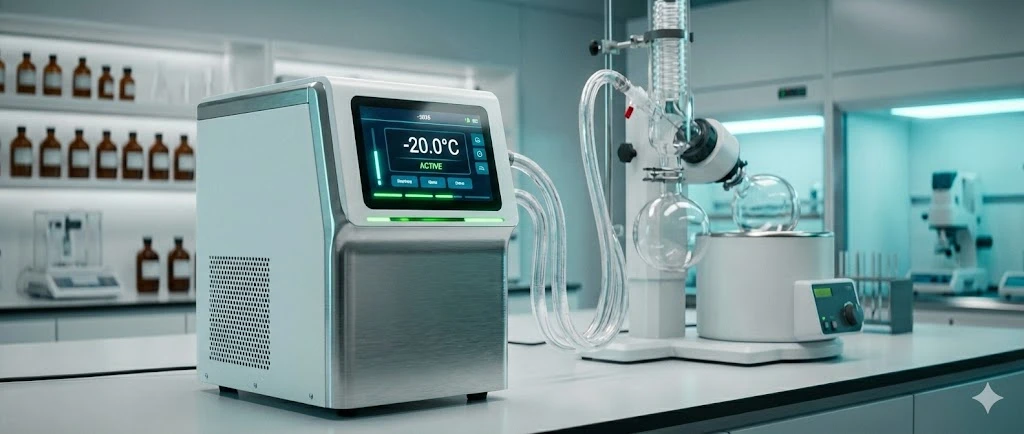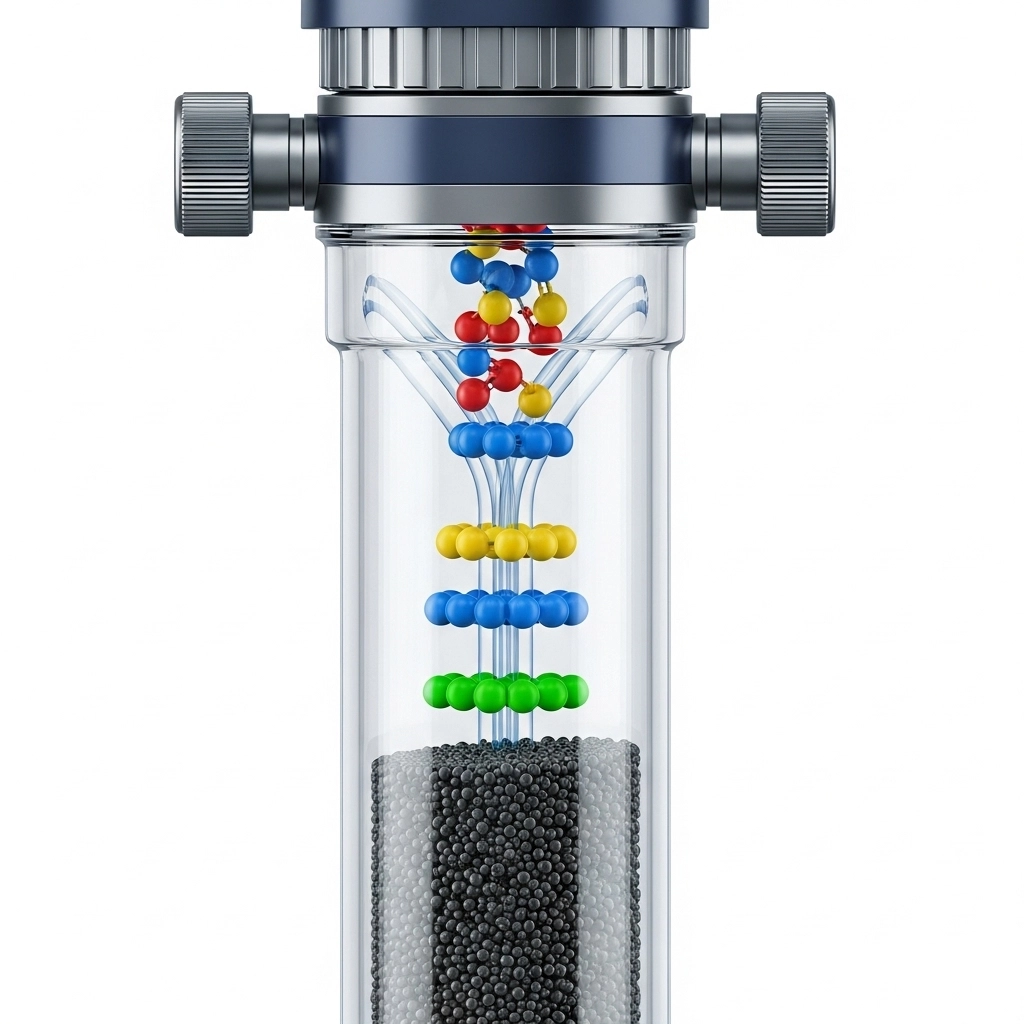
ImageFX (2025)
Nothing disrupts a crucial experiment quite like unexpected High-Performance Liquid Chromatography (HPLC) column issues. The frustration of running a valuable sample only to encounter compromised data, inconsistent results, or completely uninterpretable chromatograms is a common challenge for many analytical chemists. While the entire HPLC system plays a role, the column itself is often the primary suspect when performance inexplicably declines.
This comprehensive guide will equip you with the knowledge and practical steps to effectively troubleshoot reversed-phase HPLC columns. We'll delve into common pitfalls, outline essential maintenance protocols, and help you determine whether your column can be reconditioned or if it's time for a replacement. By applying these best practices, you can significantly improve your chromatographic outcomes, extend column lifespan, and ensure the reliability of your analytical methods.
Understanding Common HPLC Column Performance Pitfalls
When your HPLC system delivers subpar results, the column is frequently at the heart of the problem. Identifying the specific issue is the first critical step toward a solution. Common indicators of a struggling column include:
Broad or Tailing Peaks: Suggests poor column efficiency, channeling, or adsorption issues.
Shifting Retention Times: Indicates inconsistent column chemistry, temperature fluctuations, or mobile phase variations.
High Backpressure: Often a sign of particulate clogging at the inlet frit or within the column bed.
Low or Variable Signal: Could point to detector issues, but also poor analyte elution or degradation on the column.
Baseline Instability: May indicate contamination, poor equilibration, or detector noise.
Before assuming a column failure, it's crucial to systematically eliminate other variables within your HPLC system, such as pump pulsations, detector malfunctions, or mobile phase preparation errors. However, if these checks yield no answers, attention must turn to the column itself.
Mastering HPLC Column Washing and Equilibration Techniques
Proper column care, particularly effective washing and equilibration, is paramount for consistent performance and longevity. Neglecting these steps can lead to a host of issues, from poor peak shape to irreproducible retention times.
Post-Use Washing Protocols
After each use, or certainly after a change in mobile phase or application, thoroughly washing your reversed-phase column is a non-negotiable best practice. Reversed-phase columns are typically stored in an organic solvent mixture, commonly 60-80% methanol-water or acetonitrile-water, which is miscible with most mobile phases.
Recommended Washing Procedure:
Strong Solvent Flush: Flush the column with 20-30 mL (or 10-20 column volumes) of the strongest organic solvent used in your mobile phase (e.g., 100% methanol or 100% acetonitrile). This helps remove strongly retained compounds.
Storage Solvent Flush: Transition to your chosen storage solvent (e.g., 70% methanol in water) and flush an additional 10-20 column volumes.
Monitor Baseline: During these washes, continuously monitor the system pressure and detector baseline. Consistent pressure and a stable, low baseline indicate effective cleaning and the absence of significant contaminants.
Achieving Proper Column Equilibration
Equilibration is the process of conditioning the column's stationary phase with the mobile phase before sample injection. Insufficient equilibration is a frequent cause of poor reproducibility and peak shape.
General Equilibration Guidelines:
Column Volumes: As a rule of thumb, 10 column volumes of the mobile phase are often sufficient for adequate equilibration. However, complex methods, gradient runs, or columns with high surface area may require more.
Monitoring Stability: The column is considered equilibrated when retention times, peak areas, and peak shapes for a standard analyte become consistent over several injections. The detector baseline should also be stable.
Estimating Column Volume (Vm):
A simple approximation for estimating the column volume (in mL) is:
Where:
L = Column length in cmd = Column internal diameter in cm
Preventing Hydrophobic Collapse ("De-wetting")
A critical consideration for C18 and other highly hydrophobic reversed-phase columns is "hydrophobic collapse" or "de-wetting." C18 particles feature hydrophobic ligands bonded primarily inside their narrow pores (typically 6-15 nm). During normal operation with water-organic mobile phases, these pores remain fully wetted.
However, if a reversed-phase column is washed or equilibrated with 100% water for an extended period, the highly hydrophobic C18 surface inside the pores can repel the hydrophilic water, leading to the collapse of the bonded phase. Once de-wetted, the pores become inaccessible to the mobile phase, significantly altering retention characteristics and efficiency. Adding organic solvent back to the mobile phase will then be very slow to re-equilibrate the column, if at all.
Prevention and Recovery:
Avoid 100% Aqueous: Never store or extensively flush a reversed-phase column with 100% water. Always maintain at least 5-10% organic solvent in your mobile phase or storage solution.
Re-wetting: If de-wetting is suspected, flush the column with a high concentration (e.g., 95-100%) of a strong organic solvent like acetonitrile or isopropanol for several column volumes, then gradually transition back to your desired mobile phase.
Column Conditioning and "Break-in"
While less common with newer, high-purity silica-based columns, older generation or extensively cleaned columns may require a "break-in" or conditioning period. This involves several injections of sample or a representative standard before the column settles into consistent retention times and peak areas. This is particularly true for columns that have been repurposed with extensive cleaning procedures or new columns of an older vintage. Patience during this phase can prevent premature conclusions about column failure.
Diagnosing and Resolving HPLC Column Clogs and Contamination
Even with meticulous care, HPLC columns can suffer from clogs or contamination, leading to erratic performance. These issues often manifest as increasing backpressure, poor peak shape, or irreproducible results.
Identifying Insoluble Material
The most common cause of clogging is insoluble material from the sample or mobile phase. While your analytes may be soluble, other matrix components might not be, leading to precipitation on the column frit or within the packing material.
Initial Checks for Insoluble Material:
External Solubility Test: Perform a simple solubility test of your sample in the mobile phase outside the HPLC system.
Sample Dilution/Filtration: Dilute your sample or, more importantly, filter it through a 0.2
μ m syringe filter before injection. This is a crucial preventative measure.
Remedial Actions for Clogged Columns
If insoluble material or contaminants are suspected despite preventative measures, several steps can be taken:
Extensive Strong Solvent Wash: Flush the column with a large volume (e.g., 50-100 mL) of a strong, compatible organic solvent (e.g., 100% acetonitrile, methanol, or even isopropanol for very hydrophobic contaminants). This can dissolve and flush out adsorbed material.
Flow Reversal (Extreme Cases): In severe cases where a clog is suspected at the column inlet frit, reversing the flow direction can sometimes dislodge the insoluble particles. However, this should be a last resort. Reversing flow can disrupt the packed bed integrity, potentially leading to channeling and irreversible damage to column performance. Proceed with extreme caution and only if the column is otherwise deemed unusable in its current state.
Always monitor system pressure and detector response during these procedures. A stable, lower pressure and a clean baseline are good indicators of success.
Optimizing HPLC Column Lifespan: Reconditioning vs. Replacement
After systematically troubleshooting your HPLC column, you'll face a decision: can it be reconditioned, or is a replacement HPLC column necessary?
When to Recondition: Reconditioning is viable when issues stem from:
Minor Contamination: Easily flushed with strong solvents.
Hydrophobic Collapse: Recoverable by re-wetting procedures.
Insufficient Equilibration: Correctable with proper mobile phase flushing.
Aging/Break-in: Older columns needing a conditioning period.
These problems often result in reversible performance degradation. A successful reconditioning process will restore peak shape, retention time consistency, and baseline stability, bringing the column back to acceptable analytical standards.
When to Replace: Despite best efforts, some columns reach the end of their useful life. Replacement is typically warranted if:
Persistent Performance Issues: After thorough troubleshooting and reconditioning attempts, the column continues to exhibit poor efficiency, irreproducible results, or high backpressure.
Irreversible Damage: Physical damage to the column frit, significant bed voiding, or irreversible chemical modification of the stationary phase.
"Occam's Razor" Applies: Sometimes, the simplest solution is the most effective. If extensive troubleshooting consumes valuable time and resources without resolution, investing in a new column is often the most pragmatic and cost-effective approach to ensure reliable data.
If, after replacing the column, performance issues persist, it's time to broaden your troubleshooting scope to other components of your HPLC system, such as the pumps (for flow and pressure issues) or the detector (for signal problems).
By understanding these troubleshooting techniques and applying diligent maintenance, you can significantly extend the life and improve the reliability of your HPLC columns, ensuring high-quality chromatographic data for your critical analyses.
Ready to enhance your lab's capabilities or find the perfect replacement? Explore a vast selection of high-quality HPLC columns and lab equipment at LabX.com today!
Frequently Asked Questions (FAQ)
How do I know if my HPLC column is performing poorly?
Common signs include broad or tailing peaks, shifting retention times, increased backpressure, inconsistent peak areas, or an unstable baseline. Running a calibration standard and monitoring these parameters is key to early detection.
What is hydrophobic collapse in HPLC columns and how can I prevent it?
Hydrophobic collapse (or de-wetting) occurs when highly hydrophobic reversed-phase columns are exposed to 100% aqueous solutions, causing the stationary phase pores to repel water and become inaccessible. Prevent this by always maintaining at least 5-10% organic solvent in your mobile phase or storage solution.
Can I reverse the flow on my HPLC column to clear a clog?
Reversing the flow can sometimes dislodge particulate clogs at the column inlet. However, this should be a last resort as it carries a risk of disrupting the packed bed and causing irreversible damage to the column's performance.
When should I replace my HPLC column instead of reconditioning it?
Consider replacing your column if, after thorough washing, equilibration, and troubleshooting attempts, performance issues persist. Irreversible damage, such as significant bed voiding or frit blockage that cannot be cleared, also necessitates replacement.


